Now Is the Time to Stop Drug Overdose Deaths

In the United States, drug overdoses have claimed over 932,000 lives over the past 21 years, and the drug overdose crisis continues to worsen. In 2020, the rate of drug overdose deaths accelerated and increased 31% from the year before. Synthetic opioids, such as illicitly manufactured fentanyl, continue to contribute to the majority of opioid-involved overdose deaths.
To save lives from drug overdose, the Centers for Disease Control and Prevention (CDC) launched four education campaigns to reach young adults (ages 18-34) who use drugs. The campaigns provide information that can save the lives of people who use drugs or are struggling with substance use disorders and highlight actions the public can take to help prevent overdose.
Specifically, the campaigns provide critical information about these topics:
- Dangers of fentanyl
- Risks and consequences of mixing drugs
- Life-saving power of naloxone to reverse an opioid overdose
- Importance of reducing stigma to support treatment and recovery
More about CDC’s education campaigns to stop drug overdoses:
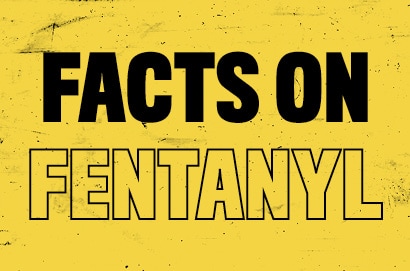
Fentanyl’s increased presence in the drug supply is a key contributor to the increase in overdose deaths. Fentanyl can be up to 50 times stronger than heroin and up to 100 times stronger than morphine, so even small amounts of fentanyl can cause an overdose.
Many illegal drugs, including counterfeit prescription opioid pills, heroin, cocaine, methamphetamine, and ecstasy, can be mixed or laced with fentanyl with or without a person’s knowledge, as they would not be able to see, taste, or smell the fentanyl.
CDC’s campaign on fentanyl provides information about:
- Illicitly manufactured fentanyl
- Dangers of fentanyl
- Fentanyl’s roles in overdoses in the United States
To learn more about CDC’s campaign on fentanyl, visit Fentanyl Facts.
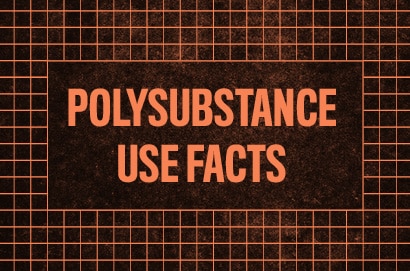
People who use drugs may use multiple substances together or within a short time period. The use of more than one drug, also known as polysubstance use, is common and can be intentional or unintentional. Whether intentional or not, mixing drugs is never safe because the effects from combining drugs may be stronger and more unpredictable than those of one drug alone and can even be deadly.
For example, mixing stimulants—like ecstasy and cocaine—increases the risk of stroke and heart attack, while mixing opioids with other depressants—like benzodiazepines (“benzos”) and/or alcohol—can slow breathing, which could lead to severe brain damage or death
CDC’s campaign on polysubstance use provides information about:
- The dangers of polysubstance use
- What to do if you think someone is overdosing
To learn more about CDC’s campaign on polysubstance use, visit Polysubstance Use Facts.
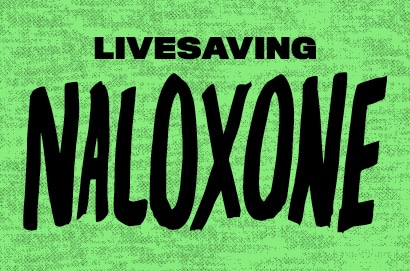
Naloxone is a nonaddictive medicine that can reverse an opioid overdose if administered in time. Carrying naloxone and using it on someone who is overdosing on opioids could immediately help save a life. One study found that in most cases of overdose deaths, a bystander was nearby who could have helped prevent the death.
In most states, Good Samaritan laws to protect those who are overdosing and anyone assisting them in an emergency from arrest and criminal prosecution on drug-related charges. Naloxone is available in all 50 states; Puerto Rico; and Washington, DC, and often without a prescription.
CDC’s campaign on naloxone provides information about:
- The lifesaving benefits of naloxone
- How to use naloxone
- Who should carry naloxone
- Naloxone availability in the United States
To learn more about CDC’s campaign on naloxone, visit Lifesaving Naloxone.
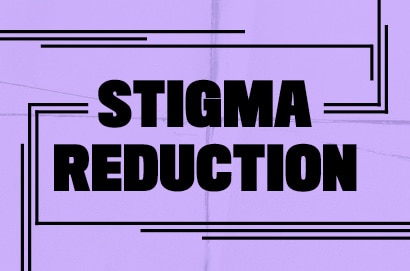
Addiction is a treatable disease that can happen to anyone. Recovery from addiction is possible, but the stigma related to using drugs remains a significant barrier to getting help. Showing compassion for people who use drugs can help reduce the shame, or stigma, that people feel when seeking help. Friends and loved ones can offer support and help their loved ones who live with a substance use disorder find a treatment and recovery plan that works for them.
There are many paths to recovery and treatment. Recovery is not always a straight path forward, but a strong support system can help each person take steps toward recovery.
CDC’s campaign on stigma reduction provides information about:
- The effects of drug use on the brain
- Recovery and treatment options – including medications for opioid use disorder (MOUD)
- Supporting a loved one on their path to recovery
To learn more about CDC’s campaign on stigma and recovery, visit Stigma Reduction.
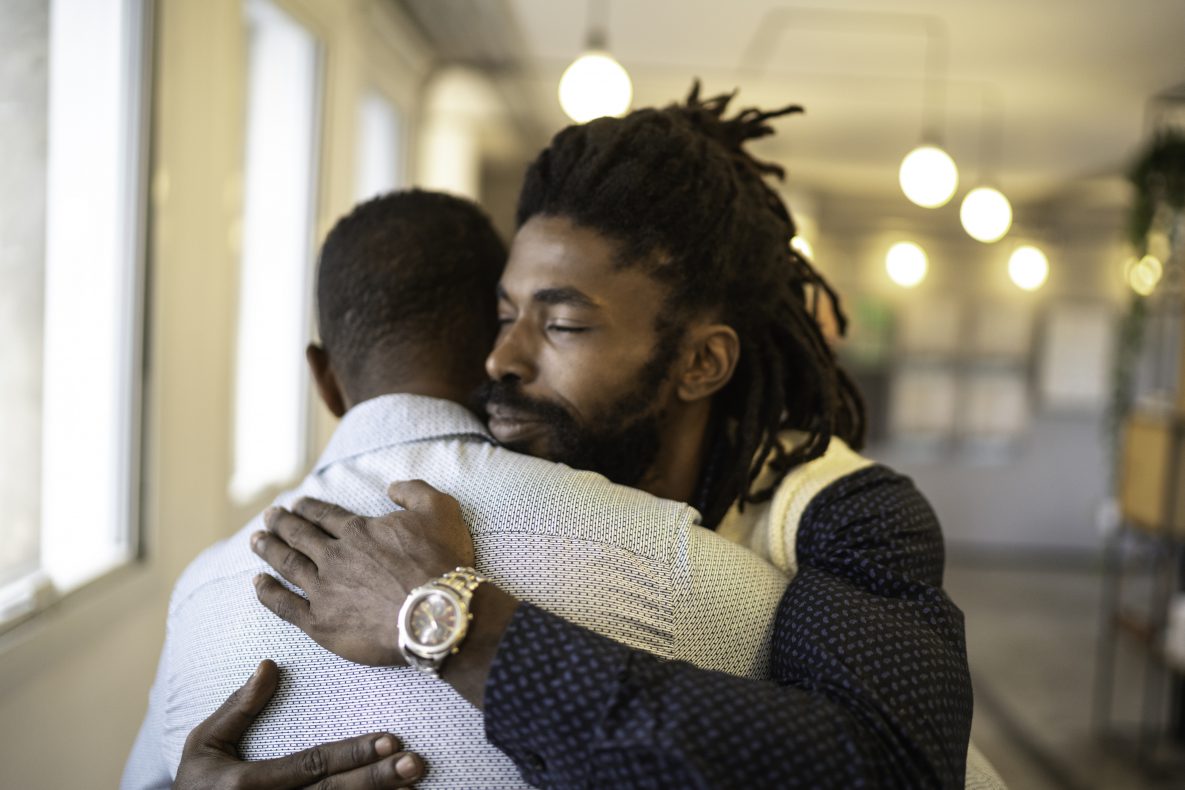
Everyone can take action to help end the overdose epidemic in the United States. Use and share the information and materials for CDC’s drug overdose prevention campaigns to increase awareness of how we can work together to save lives from overdose and support people who use drugs to find a path toward treatment and recovery.
- Executive Summary: Stop Overdose Campaigns [PDF – 28 pages]
- Recovery Is Possible | Rx Awareness | CDC Injury Center
- What You Need to Know About Treatment and Recovery [PDF]
- MAT Medications, Counseling, and Related Conditions | SAMHSA
- COVID-19 Information, Support, and Resources | Drug Overdose | CDC Injury Center
- Save a Life from Prescription Opioid Overdose | Rx Awareness | CDC Injury Center
- Rx Awareness | CDC Injury Center
- A Day to Remember: International Overdose Awareness Day
- Recovery is Possible: Treatment for Opioid Addiction | Drug Overdose | CDC Injury Center
- Safely and Effectively Managing Pain Without Opioids
- Talk to Your Doctor About Managing Your Pain
- Real Stories from Real People: Overcoming Addiction
- Opioid Overdose Prevention Saves Lives
- Save Lives Now

